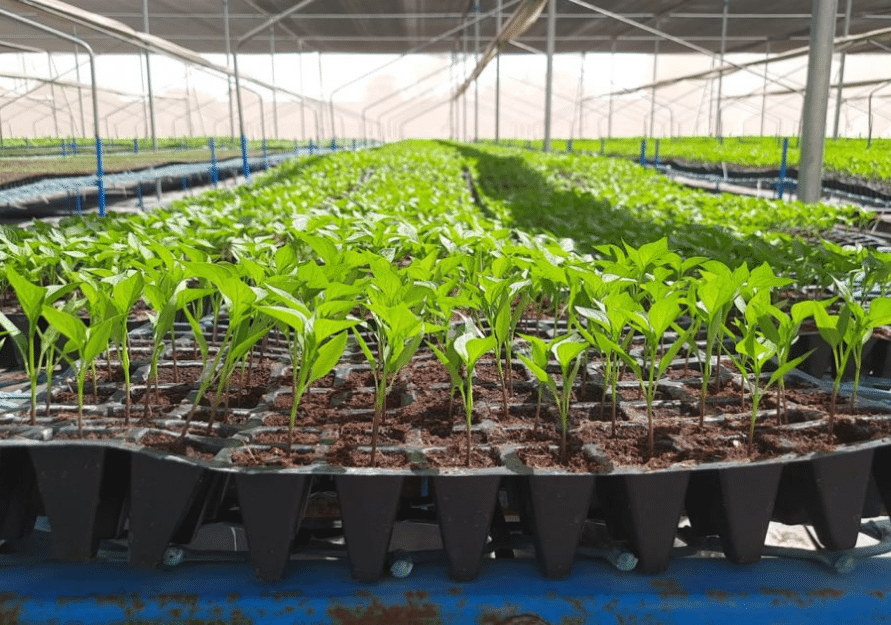With the exponential growth in the concept of temperature control greenhouses and other technologies, we now have illusory reasons to grow plants and vegetables the natural way.
Man-made temperature control greenhouses do the majority of the work for us, such as providing adequate artificial light, nutrients in the form of chemical fertilisers, and timely watering of our crops, so we don’t have to invest our time and energy in any physical labour.
But, of course, we all know how valuable fresh, organic produce grown at home can be. It is not only a farm-to-table method of consuming healthy, chemical-free food, but it is also good for the environment because the fertilisers and compost we use at home are made from natural ingredients and do not emit any harmful chemicals into the environment. Isn’t that an amazing way to give back to nature, which provides us with the basic fuel we need to survive?

Vegetables for the summer season
Summers in India have the longest days and the shortest nights, with an average temperature of 38 degrees Celsius. This season lasts roughly three months, from March to May. While the high temperature can be inconvenient because it is known to cause dehydration and other health issues, it is ideal for growing a wide variety of vegetables. Gourds, brinjal, and tomatoes are just a few of the best summer vegetables you can grow to make your garden happy. These vegetables thrive in the scorching sun and thrive when given 6-7 hours of direct sunlight.
Vegetables for the Monsoon Season
Monsoons, in contrast to summers, have longer nights and shorter days. The average temperature during the rainy season (June to August) is between 33 and 35 degrees Celsius. When it rains, the earth becomes carpeted with joy in the form of flowers, fruits, vegetables, and so on. It is the season of abundance, and your garden can benefit from it. Beans, chilies, and okra are some of the best monsoon vegetables that Mother Nature provides during this season.
Vegetables for the Fall Season
When the hot weather cools and the roads are covered in fallen leaves, it is clear that Autumn has arrived. Autumn, with cooler temperatures than summer, lasts primarily for two months, September and October. As with most season-specific seeds, lettuce, peas, onions, and spinach are some autumn-season vegetables that can be grown in India. Because the mild autumn weather provides ideal vegetable growing conditions, we’ve compiled a list of all the details you’ll need to know to have a flourishing autumn garden.
Vegetables for the Winter Season
Even though winters in India are extremely cold (especially in the north), certain vegetable plants require this type of weather to thrive. Winter vegetables to grow include beetroot, cauliflower, broccoli, and green peas. Temperatures in the chilly months of November to February can drop to as low as 10 degrees Celsius. And because cold weather makes us sluggish, we tend to eat more. What better way to unwind than by eating greens from your own garden?When the hot weather cools and the roads are covered in fallen leaves, it is clear that Autumn has arrived. Autumn, with cooler temperatures than summer, lasts primarily for two months, September and October. As with most season-specific seeds, lettuce, peas, onions, and spinach are some autumn-season vegetables that can be grown in India. Because the mild autumn weather provides ideal vegetable growing conditions, we’ve compiled a list of all the details you’ll need to know to have a flourishing autumn garden.


